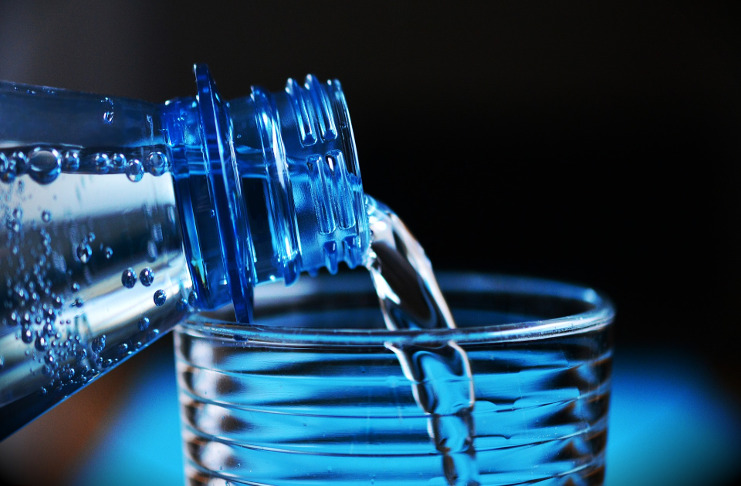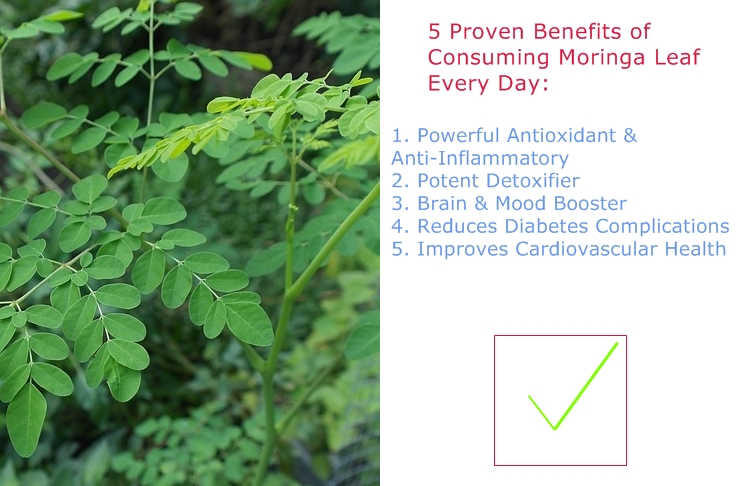Ghee, an Indian food staple for thousands of years, is experiencing a rise in popularity. Due to the growing appetite –no pun intended–for ethnic foods and keto diets, ghee has achieved cult status in culinary circles. Technically, ghee is called anhydrous milk fat, but you can call it “delicious.” For foodies the world over, ghee is gold.
Although new to Western cuisine. Ghee’s presence in the east is evident in their belief that ghee is divine. In Ayurveda, a branch of complementary medicine, it’s believed to have anti-inflammatory properties and aid in digestion. Ghee is even a part Hindu mythology. A deity created ghee by rubbing his hands together and then placed ghee into a fire to form his offspring. The practice of pouring ghee into fire remains to this day, and performed for good luck in marriages.
But what exactly is ghee? Is it healthy? And how do you cook with it? The following information will provide you with some basic background to help make this new food darling a part of your cooking regime.
What is Ghee?
Made from cow or buffalo milk, ghee is clarified butter. Unlike the French type of clarified butter, where the uncooked milk solids have a light flavor, ghee is cooked until the milk solids separate and the fat becomes a light honey brown color. To make ghee, butter needs to be heated until the water evaporates and solids separate. The resulting flavor is darker than French clarified butter, with a sweet, nutty flavor. The ghee looks like liquid gold. A rich, smooth, honey-like appearance that flows is clear through and through. When solid, it looks like soft pastry frosting.
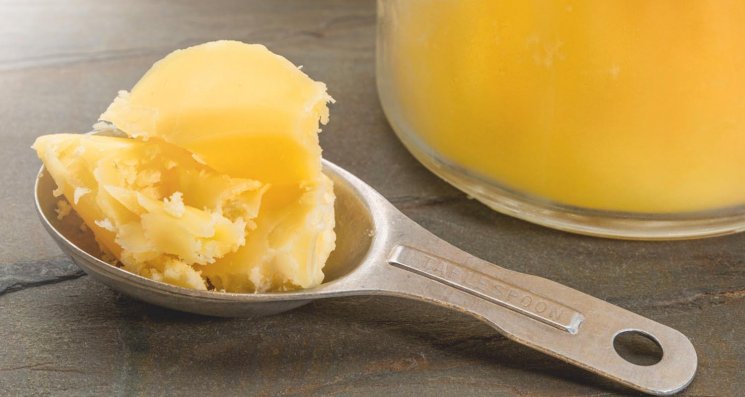
Rather than just tasting and looking good, however, ghee is extremely functional. Used in Indian cuisine for millenia, it is shelf-stable and is able to tolerate high heat. Water, casein, and lactose is removed when clarifying butter to make ghee. Without water, ghee becomes much more shelf-stable than butter regular butter or other clarified butters. Its long shelf-life means that it can be stored without the need for refrigeration. Perfect for the kitchen a thousand years ago without refrigeration and very useful for our modern times.
Nutritional Value of Ghee
According to the Journal of Food Research and Technology , ghee’s nutritional content includes a list of strong antioxidants. What makes ghee stand out is how the elements in its nutritional content interact with each other.
For example, ghee is high in vitamins A,D, E, and K, which are all fat-soluble vitamins. Fat-soluble vitamins work more efficiently when ingested with fats–which ghee is primarily made up of. Ghee contains short-chain fatty acids, linoleic acid, essential fatty acids, and arachidonic acid.
Vitamin A
Vitamin A is a fat-soluble vitamin that’s necessary for maintaining healthy vision, ensures a healthy immune system, and assists in the development of babies during pregnancy. Vitamin A helps to curb age related sight deterioration and night blindness. Because vitamin A is involved in the formation of cells, vitamin A may also assist in the prevention of cancers, strengthen bones, and boost bone formation.
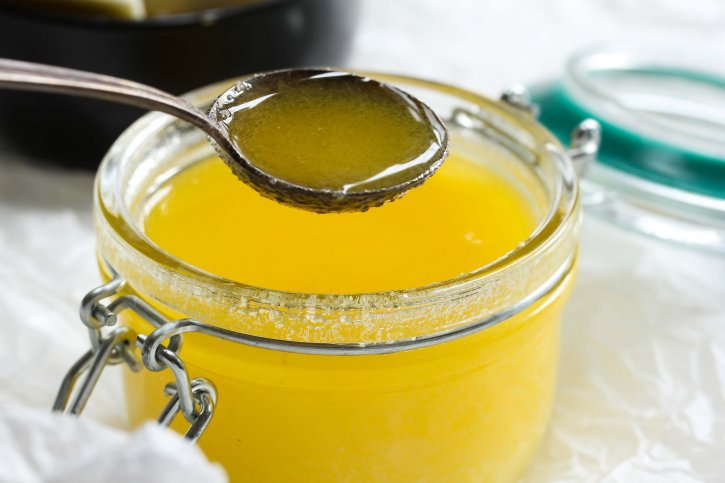
Vitamin D
Vitamin D is a fat-soluble vitamin that’s necessary for strong bones and adequate hormone functions. Vitamin D also helps to boost immunity, regulates sleep, and assists in mood stabilization. Vitamin D is known as the “sunshine vitamin,” although humans no longer obtain adequate amounts through the sun.
Vitamin E
Vitamin E is a fat soluble vitamin that’s important for preventing cell damage (antioxidant), keeping the cardiovascular system healthy, and lowering the risk of cancers. Vitamin E also keeps the body’s immune system strong.
Vitamin K
Vitamin K is a fat-soluble vitamin that has an essential function in the body – it helps to clot the blood, preventing hemorrhaging. This vitamin is also responsible for bone health by regulating calcium levels in the blood and improving bone strength.
Short-chain Fatty Acids
Short-chain fatty acids are responsible for helping metabolize carbohydrates and fats within the body. They also serve as a direct energy source for parts of the digestive system.
Omega-3 Fatty Acids
The 3 fatty acids in omega-3 fatty acids include EPA, DHA, and ALA. These acids provide a number of functions for the body. They are responsible for triglycerides levels in the blood, balancing mood, aids in infant growth, enhances brain function, and contains anti-inflammatory properties. These essential acids also help in keeping skin and hair looking healthy.
Ghee is still fat. Although its saturated fat content is high, ghee’s short chain and essential fatty acids make that fat content just a little more manageable. In comparison to other fats from animals (like lard or tallow), ghee is the better choice.
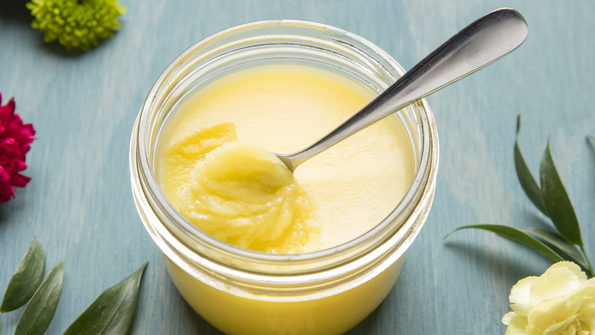
Ghee versus Butter
As with most foods, too much of a good thing can be bad. The same goes for ghee. It’s important to remember that ghee is still fat. According to the USDA, ghee is 100% fat while butter is only 81% fat. The remaining contents of butter, besides fat, are carbohydrates and water. Ghee’s fat content is higher than that of butter, which means it is also higher in calorie content. The calories per tablespoon for ghee is 130, while for butter it is 102.
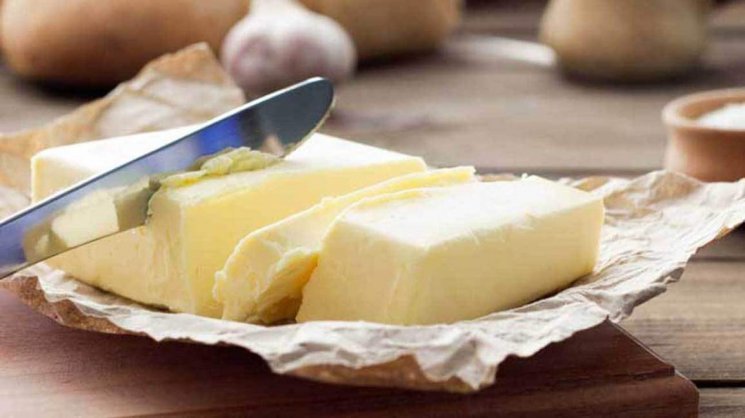
Because butter still contains carbohydrates, it consists of a broader range of vitamins and minerals. However, when compared, the nutritional content of butter and ghee are fairly similar. Butter does have a bad reputation, but it’s healthier than using margarine. Butter has no trans-fatty acids, which are what tends to clog up arteries and lead to heart disease. In the end, if you are only considering calories and fats, both butter and ghee are a better alternative than margarine.
What allows ghee to win out over butter is that it doesn’t contain lactose, carbohydrates, and can be cooked at a higher heat than butter. People who are lactose intolerant or are wary of carbs may prefer to use ghee over butter. Ghee also has a deeper, richer flavor than butter’s light, sweet taste.
Ghee Health Benefits
Keeping in mind that ghee is still fat, ghee comes with many health benefits when compared to other fats. There are many nutrients that require the presence of fat to be absorbed appropriately by the body. By using ghee or mixing ghee with food, you may be able to increase the “bioavailability” of the nutrients benign consumed. In short, ghee helps your body access more of the nutrients it consumes.
In addition, ghee adds a depth of flavor to foods that people would normally be hesitant to eat. The richness can make very unappetizing food, like brussel sprouts, delicious for people who wouldn’t normally like them. By working as a “dressing” for more nutritious, but bland, food, ghee can create a more well-rounded diet.
Recent studies into fat are concluding that all fat are not created equal. There are some fats that are essential for the body, and other fats that are severely detrimental in large amounts. A diet consisting of no more than 10% of ghee should not increase unhealthy levels of fats in the body. In addition, some of the fats contained in ghee are very beneficial for the body and aid in metabolizing nutrients.
Ghee and Diet Trends
Although it might be tempting to say that ghee is a diet trend in itself, ghee has been around for millenia. The question may be whether ghee fits into the diet trends that we have today. Let’s take a look:
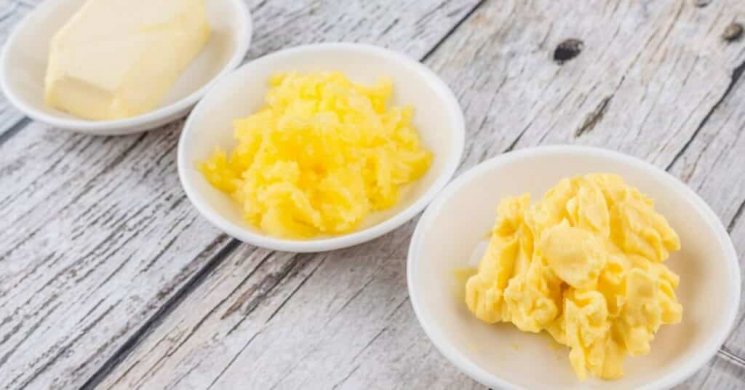
Keto Diet
Ghee fits into the Keto lifestyle excellently. Because it contains no carbohydrates, ghee can be incorporated into any Keto recipe. Keto followers often add ghee to their drinks, desserts, or sauces to create depth and creaminess in the food.
Paleo Diet
Whether ghee is Paleo is a hotly debated topic. Many Paleo dieters use ghee in their foods. However, dairy is most certainly not Paleo. Some Paleo dieters will argue, though, that the milk is removed from butter to make ghee…leaving only fat.
Vegan Diet
On a technicality, just like Paleo, it can be reasoned either way that ghee is both vegan and not vegan. Vegan diets do not include dairy.
In the end, whether or not someone wishes to include ghee into their diet depends on what they hope to achieve through that diet. If avoiding all dairy and meat –like a Vegan–is a moral issue, then perhaps consuming ghee does not fit into that dietary world view. If, however, a person is a Paleo dieter for health reasons–then perhaps ghee might be a perfect addition to a Paleo diet.
How to Use Ghee?
Unlike butter, ghee cooks at a higher temperature because ghee contains less water. This means ghee has a higher smoking point, allowing people to cook safely at high temperatures with ghee. Ghee’s smoking point is 465 degrees Fahrenheit, while butter’s is only 350 degrees Fahrenheit.
Also, because ghee doesn’t contain water, it is also very shelf-stable. Ghee can remain unrefrigerated for up to 9 months, which makes ghee perfect to take on camping trips. As long as the ghee is kept clean, away from the introduction of bacteria, ghee can last for a long while.
Ghee can be used just like butter or any other food oil. Many Keto coffee or tea drinkers drop dollops of ghee into their drinks for a creamier texture. Vegetables, rubbed lightly with ghee before cooking, can get a deep nutty flavor when cooked. Ghee can be used in place of butter in baking recipes and desserts. It’s delicious as a spread on biscuits, melted into pasta, or poured over popcorn.
Just remember to use it responsibly…ghee, as delightful as it is, is still fat! Use sparingly.


